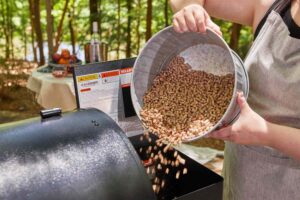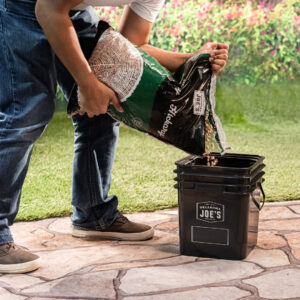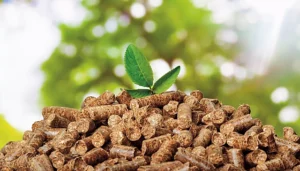Wood pellets have emerged as a versatile and efficient resource that simplifies various aspects of daily living. Made primarily from compressed sawdust and wood shavings, these small cylindrical pieces are not just fuel; they can be utilized in multiple applications around the home, garden, and even industry. Let’s read this entire article with Renenco to learn how to utilize wood pellets to make life better.
What Are Wood Pellets and How Are They Made?

Understanding what wood pellets are and how they are manufactured is essential to appreciating their numerous uses.
The composition of wood pellets
Wood pellets are typically made from organic materials such as wood chips, sawdust, and shavings. The primary ingredient is usually hardwood species like oak, maple, or hickory because these woods offer higher energy content. However, softwoods like pine are also common due to their availability and lower cost.
The manufacturing process begins with collecting waste wood from lumber mills, furniture manufacturers, and other wood-processing industries. This material undergoes shredding and drying to reduce its moisture content, making it suitable for pelletization. The final product is dense, uniform pellets that boast a high energy-to-weight ratio, allowing for efficient transportation and storage.
The manufacturing process
The manufacturing process involves several steps:
- Collection: As mentioned, sawdust and wood shavings are gathered from various sources.
- Drying: The collected wood is dried to achieve an optimal moisture level, generally between 10-15%.
- Grinding: Once dried, the wood is ground into fine particles, which enhances the surface area for easier compression.
- Pelletizing: The ground material is then pressed through a die under high pressure to form pellets. Heat generated during this process helps bind the particles together due to lignin, a natural adhesive found in wood.
- Cooling & Packaging: After pelleting, the hot pellets are cooled to stabilize their structure before being bagged for sale.
This industrial procedure ensures that wood pellets are produced consistently, offering reliable quality for consumers.
Types of wood pellets available in the market
In the market, one can find different types of wood pellets based on their source and intended use. For instance, there are premium-grade pellets made from pure hardwoods, which tend to burn hotter and cleaner than those made from a combination of hardwood and softwood.
Moreover, specialty pellets infused with flavors such as apple, cherry, or mesquite are popular among grill enthusiasts. These pellets not only serve as fuel but also impart unique tastes to the food cooked over them.
When considering their use, it’s vital to choose the right type of wood pellet that suits your needs and preferences.
Home Heating: Primary Use of Wood Pellets

One of the most common applications of wood pellets is in home heating systems. With rising energy costs and increasing environmental concerns, many homeowners are turning to pellet stoves for warmth.
How pellet stoves work
Pellet stoves are designed to burn wood pellets efficiently. They operate by using an electric auger to feed pellets from a hopper into a combustion chamber where they ignite. Fans circulate air through the stove, ensuring even heating of the room.
The automated feeding mechanism allows for precise control of the heat output. Many modern pellet stoves come equipped with thermostats and programmable settings, enabling users to set a comfortable temperature in their homes without constant monitoring.
The combustion of wood pellets produces minimal ash and emissions compared to traditional wood-burning stoves, making them a cleaner option for home heating.
Cost-effectiveness compared to other heating methods
When comparing the cost-effectiveness of wood pellets to other heating fuels like oil, propane, or electricity, many homeowners find that pellets can provide significant savings.
Wood pellets are often cheaper per BTU when sourced locally, and their efficiency means less fuel consumption for the same amount of heat. Additionally, many regions offer incentives for installing renewable heating systems, further reducing the upfront costs associated with transitioning to pellet heating.
A thorough analysis of long-term expenses reveals that while the initial investment in a pellet stove may be higher than conventional heating options, the savings over time can be considerable.
Installation and maintenance tips
Installing a pellet stove requires careful planning regarding location, venting, and clearance from combustible materials. It’s advisable to consult local regulations and possibly hire a professional installer to ensure compliance with safety codes.
Maintenance involves regular cleaning of the stove and chimney to prevent soot buildup and ensure efficient operation. Users should also check the hopper, auger, and ignition components periodically for optimal performance.
Overall, investing time in proper installation and routine maintenance will extend the lifespan of the pellet stove and enhance its efficiency.
Grilling and Smoking Food
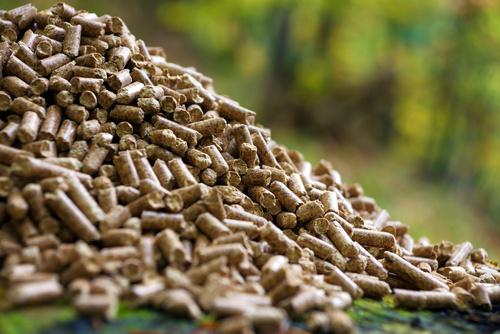
Wood pellets are not only practical for heating; they also excel as a cooking medium. Many outdoor chefs prefer using pellet grills for their versatility and flavor-enhancing qualities.
Different flavors from various wood types
One of the standout features of cooking with wood pellets is the variety of flavors they can impart to food. Different types of wood—such as hickory, mesquite, apple, and cherry—offer distinct flavor profiles.
For instance, hickory provides a strong, smoky taste ideal for barbecuing, while fruitwoods like apple and cherry lend a milder, sweeter flavor perfect for poultry and pork. By experimenting with different wood blends, grillers can customize the taste of their dishes to suit their preferences.
Temperature control techniques
Pellet grills allow for precise temperature control, akin to an oven. The use of an integrated thermostat and digital controls enables users to set a specific temperature and maintain it throughout the cooking process.
Adjusting the airflow and the quantity of pellets fed into the fire ensures consistent cooking temperatures. Many modern pellet grills feature Wi-Fi connectivity, allowing remote monitoring via smartphones, making cooking more convenient for busy individuals.
Best foods for pellet smoking
While almost anything can be smoked, certain foods shine particularly well when cooked with wood pellets. Meats like brisket, ribs, and chicken benefit immensely from the added flavor, while vegetables such as corn and bell peppers absorb the smoke beautifully.
Fish, especially salmon, can develop a rich taste when smoked over fruitwood pellets. Additionally, even desserts like brownies or cookies can be enhanced by wood smoke, creating a unique culinary experience.
Experimenting with different recipes and wood types will inspire creativity in the kitchen, transforming ordinary meals into extraordinary feasts.
Garden Mulching and Soil Amendment
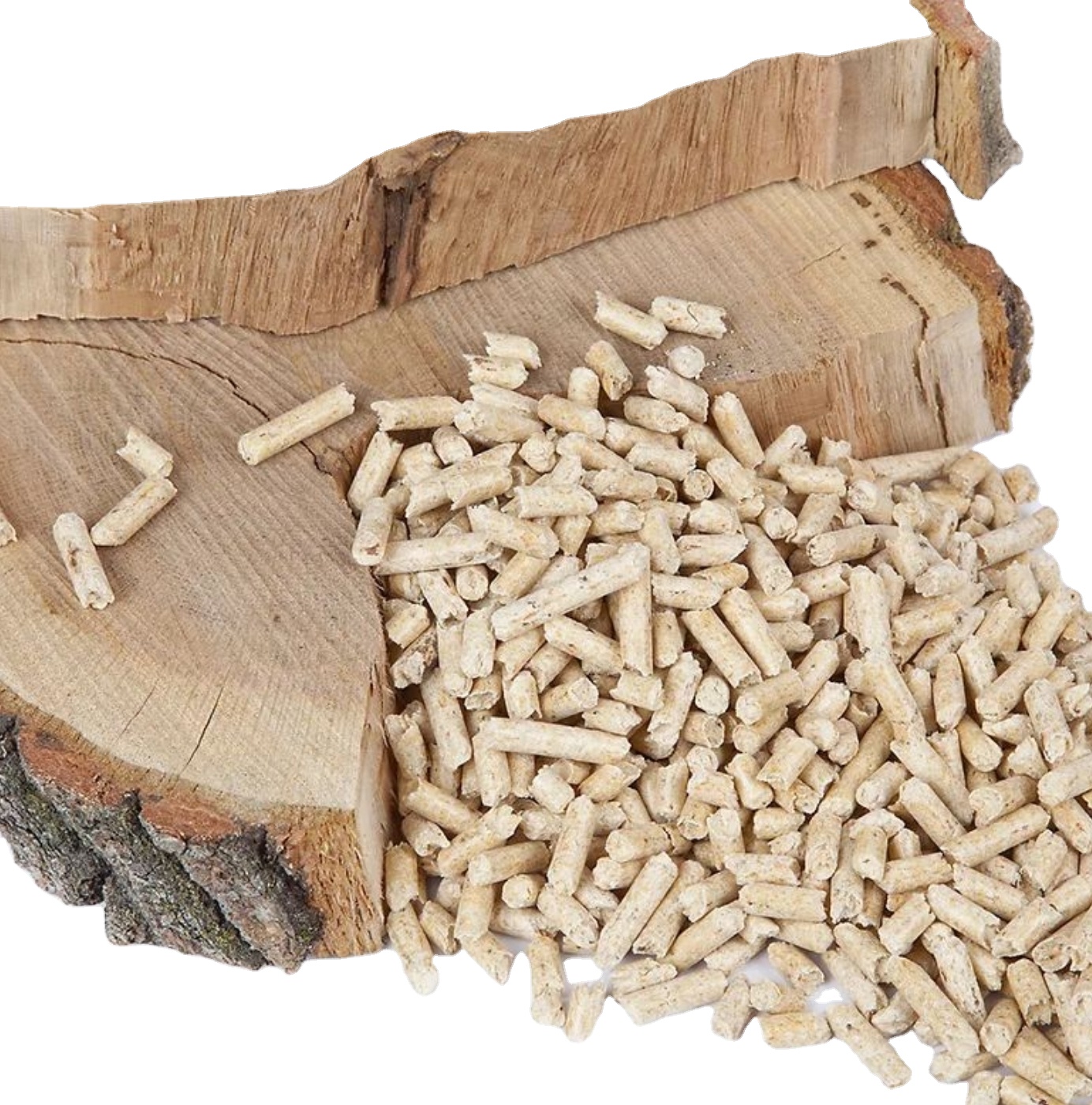
Wood pellets also play a significant role in gardening, serving as mulch and soil amendments. Their utility extends beyond simply acting as compostable materials.
Benefits for plant growth
Using wood pellets in the garden offers several benefits. As they decompose, they release nutrients, improving soil quality and promoting healthier plant growth.
Wood pellets help retain moisture in the soil, which is crucial for plant health, especially during dry spells. They act as an insulator, keeping roots cool in hot weather and preventing frost damage in colder months.
Additionally, the slow decomposition process means that wood pellets can provide a steady supply of nutrients over time, reducing the need for frequent fertilization.
Application methods
Incorporating wood pellets into your garden can be done in several ways. One effective method is applying a layer of pellets directly onto the soil as mulch. This helps suppress weeds while conserving moisture.
Alternatively, wood pellets can be mixed into the soil before planting. This incorporation enriches the soil with carbon and helps improve its structure, making it more aerated and conducive to root development.
Another technique is to create “wood pellet tea,” where pellets are soaked in water for a few days and then used to water plants. This liquid contains dissolved nutrients that can give an added boost to plant health.
Decomposition timeline
The timeline for wood pellets’ decomposition varies depending on factors such as climate, moisture levels, and microbial activity in the soil. Generally, wood pellets break down over a period of six months to two years, releasing nutrients in a gradual manner.
Regular monitoring will allow gardeners to understand when it’s time to add more pellets or other amendments. Over time, the application of wood pellets can lead to a thriving, sustainable garden ecosystem.
Pet Litter Alternative
:max_bytes(150000):strip_icc()/FAW-TraegerPro780-20-WillDickey-155-663fc840e2514730a64193459b4857ed.jpeg)
For pet owners, finding an effective litter option can sometimes be daunting. Wood pellets present a compelling alternative to traditional clay-based litters.
Advantages over traditional litter
Wood pellets offer several advantages over conventional pet litters. For one, they are biodegradable and made from renewable resources, making them an environmentally-friendly choice.
Their absorbent nature effectively controls moisture and odor, leading to a cleaner and fresher-smelling environment. Unlike clay litters, wood pellets do not produce dust, which is beneficial for both pets and humans with respiratory issues.
Moreover, wood pellets tend to clump when wet, making it easy to remove soiled litter without needing frequent full changes.
Cost comparison
From a cost perspective, wood pellets can often be more economical than traditional litters. Though the initial purchase price might be slightly higher, their superior absorbency means they last longer and require fewer replacements.
Additionally, the longevity of wood pellets reflects in reduced frequency of trips to the store, saving time and money in the long run.
Best practices for use
To get the most out of wood pellets as litter, it’s best to fill the litter box with a substantial layer—about two inches deep. As pellets absorb moisture, they will break down into sawdust, forming a natural barrier against odors.
Regular scooping is recommended to maintain hygiene. Simply removing the dampened portions will help extend the life of the remaining pellets. When it’s time to replace the litter entirely, the used pellets can be composted or disposed of responsibly.
Adopting wood pellets as an alternative pet litter can lead to a more sustainable household.
Composting Accelerator

Wood pellets can also be employed as a valuable component in composting, acting as accelerators in the breakdown of organic matter.
How wood pellets enhance decomposition
When added to compost piles, wood pellets introduce carbon, which is a critical element for microbial life. The microbes consume both green (nitrogen-rich) and brown (carbon-rich) materials, breaking them down into nutrient-rich compost.
The ability of wood pellets to retain moisture aids in providing the ideal conditions for decomposition. Moisture retention fosters a balanced carbon-to-nitrogen ratio, essential for compost health.
Proper mixing ratios
Achieving the right balance in composting is crucial for successful decomposition. A general guideline is to maintain a carbon-to-nitrogen ratio of about 30:1. Since wood pellets are high in carbon, they should be mixed with nitrogen-rich materials like kitchen scraps and grass clippings.
Mixing in wood pellets can help counteract excess moisture, preventing the compost pile from becoming too soggy and promoting aeration, which is necessary for effective decomposition.
Monitoring moisture levels
Monitoring moisture levels in compost is vital for maintaining an active microbial community. Wood pellets can help regulate moisture by absorbing excess water while still providing humidity to the mix.
Compost should feel moist—like a damp sponge—but not soggy or waterlogged. If you notice that the compost is too dry, adding a little water along with more green material can balance things out.
Keeping a close eye on moisture levels and making adjustments with wood pellets will ensure that the composting process remains efficient and productive.
Industrial Applications

Beyond home and garden uses, wood pellets have found extensive applications in various industrial sectors. Their versatility and sustainability make them an appealing option for many businesses.
Commercial heating systems
Several companies and institutions have transitioned to wood pellets as a fuel source for commercial heating systems. This shift has allowed organizations to reduce their carbon footprint while benefiting from the stability of wood pellet pricing.
Large-scale boilers designed for wood pellet use can efficiently generate heat for large buildings or facilities. These systems are often paired with automated feeding mechanisms to ensure continuous operation, allowing for a reliable heating solution.
Manufacturing processes
In the manufacturing realm, wood pellets serve as raw materials in producing particleboard, fiberboard, and other wood products. Their consistency and density make them ideal for creating composite products that require uniformity for structural integrity.
The ability to recycle wood waste into pellets for manufacturing purposes supports sustainable practices, reducing landfill waste and promoting circular economies within the timber industry.
Energy production
Wood pellets are increasingly being utilized as a renewable energy source for power generation. Biomass power plants burn wood pellets in place of fossil fuels to produce electricity, contributing to the transition towards greener energy solutions.
These power plants often utilize advanced technologies to minimize emissions, making them cleaner alternatives to traditional coal-fired facilities. The use of wood pellets in energy production not only addresses energy demands but also promotes reforestation efforts as new wood is grown to replenish the biomass.
Emergency Fuel Storage
Having a backup plan for emergencies is vital, and wood pellets can serve as an excellent alternative fuel source for unforeseen situations.
Long-term storage methods
Proper storage is crucial for maintaining the quality of wood pellets over time. They should be kept in a dry, sheltered environment to prevent moisture absorption, which can cause them to break apart and lose their burning efficiency.
Pellets can be stored in bags or bulk containers, ensuring they are protected from the elements. Using airtight bins can further extend their shelf life while safeguarding them against pests.
Emergency preparedness tips
In preparing for emergencies, consider stocking up on wood pellets as part of an overall strategy. Diversifying fuel sources, including propane or charcoal, alongside wood pellets allows for flexibility depending on availability and circumstance.
Creating an emergency plan that includes detailed instructions on accessing and utilizing wood pellets ensures that you and your family will remain warm and comfortable during unexpected power outages or fuel shortages.
Rotation and maintenance
Much like any long-term food storage, implementing a rotation system for your wood pellet supply is important. Ensure older pellets are used first, maintaining freshness and optimal performance.
Regularly inspecting your stored pellets will help detect any issues early, such as pest infestations or moisture problems. Consistent maintenance of your stockpile will guarantee readiness whenever needed.
Conclusion
Wood pellets offer a myriad of applications that simplify daily living, from home heating and cooking to gardening and emergency preparedness. Their versatility, eco-friendliness, and cost-effectiveness make them an invaluable resource in various aspects of life.
By understanding how to leverage wood pellets effectively, individuals can enhance their heating, cooking, and gardening experiences while contributing to a more sustainable lifestyle. Whether you’re grilling in your backyard or preparing for winter, incorporating wood pellets into your routine can undoubtedly make life simpler.
Thank you for reading the entire article. To see more interesting articles, you can follow Fanpage Renenco to update weekly information.

